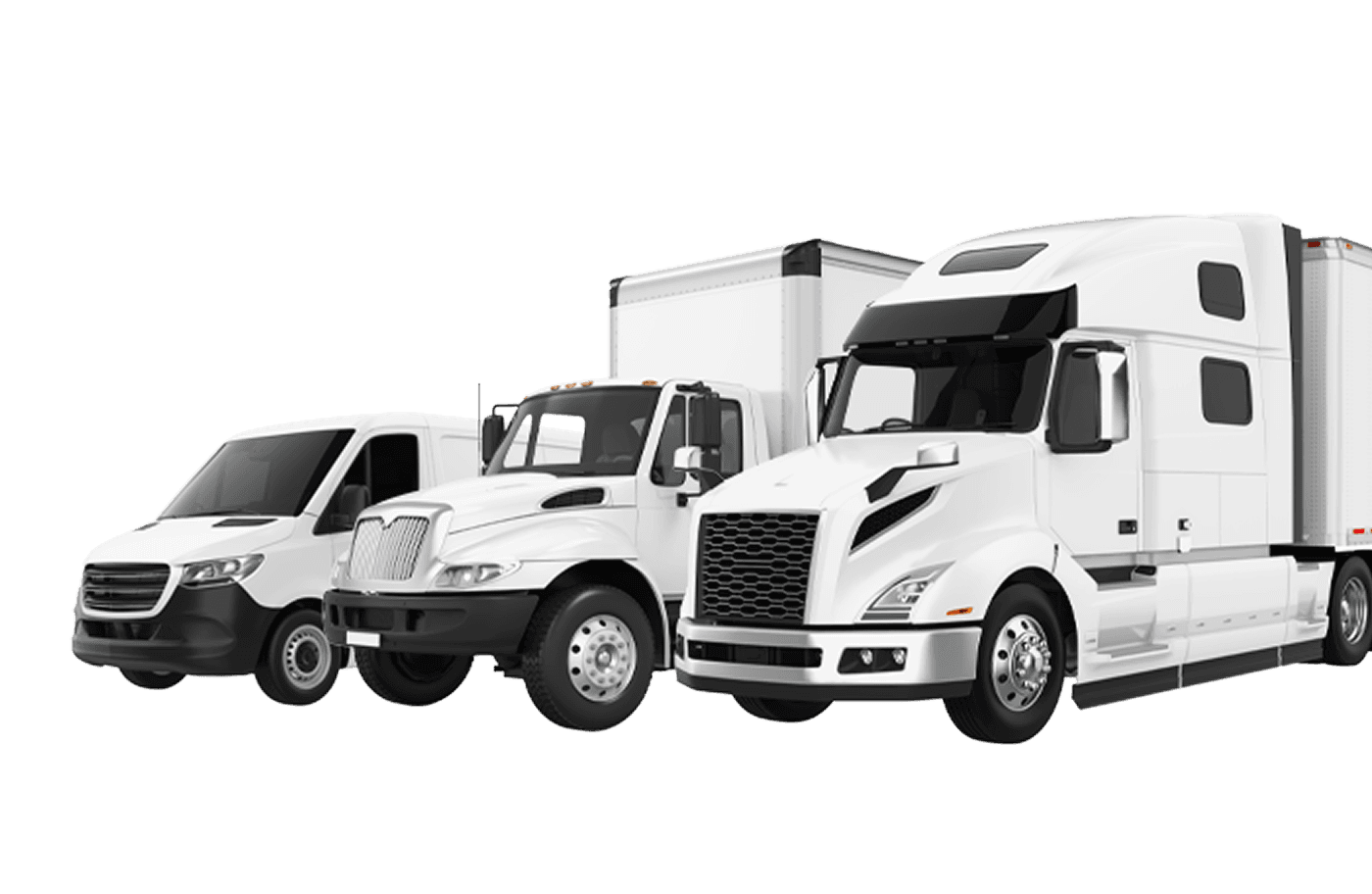Cross Docking Stockton: How Northern California Handles Freight Overflow
How Stockton’s inland cross-dock network relieves California’s coastal congestion.
Unknow author
17 August 2025, 8 min read
Stockton: The Inland Solution to California’s Freight Crisis
California’s logistics network has always operated at full throttle. But in recent years, the system has been stretched to its limits. Congested ports, skyrocketing warehouse rents, and chronic labor shortages have forced carriers and shippers to rethink how and where freight moves. In this reshuffling, “cross docking Stockton” has emerged as a defining phrase — the practical response to a structural problem.
Stockton, located deep in California’s Central Valley yet directly connected to the Bay Area via I-5 and Highway 99, has become the state’s inland relief valve. Its network of cross-dock facilities allows freight to bypass the gridlock of Oakland and San Francisco, creating a faster, cheaper, and more sustainable path for redistribution.
For many logistics operators, Stockton is no longer just an alternative — it’s the operational core of Northern California freight strategy.
The Geography of Efficiency — Why Stockton Works
Strategically positioned between the ports of Oakland, Sacramento, and the inland routes to Reno and Los Angeles, Stockton sits at the exact intersection of California’s freight arteries. Its location enables same-day transfers between coastal imports and interstate outbound lanes.
Cross docking Stockton centers along Arch Road, Airport Way, and French Camp Road serve as staging grounds for transload and rework operations. Here, containers arriving from the ports are broken down, sorted, and reloaded into domestic trailers for faster regional delivery.
Unlike congested port zones, Stockton offers space — wide yards, abundant dock doors, and low dwell times. What used to take two days in the Bay Area can often be completed in three hours inland.
The Overflow Economy — Managing Freight Surges from the Coast
The logic behind Stockton’s cross-dock boom is simple: California’s ports can no longer absorb the sheer volume of incoming cargo. When Oakland backs up, freight flows inland by rail and truck to Stockton’s industrial belt.
There, cross docking Stockton facilities take over. They act as inland extensions of the ports — decompressing the coastal system by handling transfers, restacks, and redistribution. The process converts delay into throughput.
During 2024’s peak import season, Stockton processed an estimated 14% of all containerized freight entering Northern California. That figure is expected to rise as importers increasingly pre-position goods inland to avoid congestion penalties and demurrage fees.
Technology and Smart Flow Management
Stockton’s operators have learned that space alone isn’t enough — speed requires coordination. Many facilities now use real-time yard management systems and appointment automation to control truck flow.
Platforms integrated with tools like Freitty provide visibility over dock availability, helping dispatchers find open cross-dock slots within minutes. Predictive scheduling uses AI to model inbound surges from Oakland and Long Beach, allowing facilities to allocate labor in advance.
The result is an agile logistics ecosystem where every minute saved is multiplied across thousands of loads. Cross docking Stockton has effectively turned automation into a buffer against volatility.
Labor and Cost Advantages Inland
The Central Valley’s workforce is another reason Stockton thrives. Labor costs are significantly lower than in the Bay Area, and the logistics labor pool remains stable due to the region’s industrial legacy.
Warehouse technicians, forklift drivers, and cross-dock coordinators here bring decades of experience handling multi-modal freight. Their efficiency — combined with Reno’s and Fresno’s supportive logistics networks — creates a resilient inland corridor capable of processing vast volumes without the constraints of urban regulation.
At the same time, real estate costs remain less than half those of Oakland or Fremont, allowing operators to maintain high throughput with lower overhead.
Environmental Benefits of the Inland Model
Beyond economics, cross docking Stockton plays a growing role in California’s sustainability push. By moving cargo inland, carriers reduce port congestion and cut idling emissions from trucks waiting at terminals.
Many Stockton facilities now operate with solar power, LED lighting, and electric yard vehicles. The shorter dwell times also mean fewer diesel engines running idle, helping improve air quality in surrounding communities.
In the bigger picture, Stockton’s cross-dock network supports California’s climate goals by making freight movement cleaner and more predictable — a rare combination in the logistics industry.
Case Insight — From Port Delay to Delivery Precision
When a major consumer goods importer faced a three-day delay at the Port of Oakland in mid-2024, they diverted containers directly to Stockton via rail. Within hours, the cargo arrived at a cross docking Stockton site near Arch Road. Teams offloaded, sorted, and re-palletized mixed goods for regional delivery to Fresno, Sacramento, and Reno.
What began as a potential bottleneck turned into a model of efficiency: the company met its delivery windows, avoided demurrage, and saved more than $45,000 in penalties that month.
Such stories are becoming standard in Stockton — a testament to how inland cross-docking transforms crisis into control.
Stockton and the Future of California Freight
The role of Stockton will only expand as California continues to decentralize its logistics footprint. Developers are planning new multimodal parks combining cross-dock, rail, and warehouse functions. Interstate corridors I-5 and Highway 99 are being upgraded to support higher freight volumes, while technology investments in predictive analytics and route optimization deepen integration with coastal supply chains.
In this evolving ecosystem, cross docking Stockton will remain the keystone — the mechanism that absorbs pressure from the coast and keeps goods moving smoothly through the West.
Conclusion: The Inland Answer to Coastal Congestion
Stockton has proven that freight efficiency doesn’t depend on proximity to the ocean — it depends on access, infrastructure, and adaptability.
As California’s logistics challenges continue, the city’s cross-dock network stands as a blueprint for resilience. It shows how regional innovation can solve global trade problems — one transfer, one pallet, one dock at a time.
In 2025, cross docking Stockton is not just Northern California’s solution. It’s the model for how inland America can keep the coast moving.
You may also like

Logistics Without Limits: How Franchising Is Fueling the Next Wave of Growth in the Industry
A New Era of Scalable, High-Performance Logistics
4 min read

Bridging Giants: Navigating the US-China Supply Chain in a Shifting Global Landscape
Unlocking Opportunities Amidst Geopolitical Change
0 min read

Unlocking Value Together: How the Sharing Economy Is Reshaping Logistics and Beyond
The New Age of Shared Value
0 min read
Streamline Your Logistics Today
Partner with Freitty for smarter, faster, and more efficient cross-docking services.
